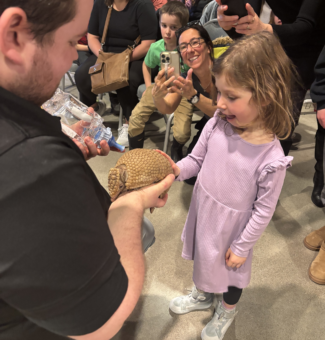Indigenous company playing key role in protecting biodiversity at OPG’s Darlington SMR site
At a glance
- Indigenous-owned and operated Cambium Indigenous Professional Services has been helping to protect biodiversity at OPG’s Darlington New Nuclear Project site.
- The environmental consulting company, based in Curve Lake First Nation, combines Traditional ecological ways of knowing with Western science as it works to restore the land at the site.
- With companies like CIPS, OPG is advancing its Reconciliation Action Plan, which aims to grow economic benefits for Indigenous communities and businesses and incorporate Indigenous Knowledge into its projects.
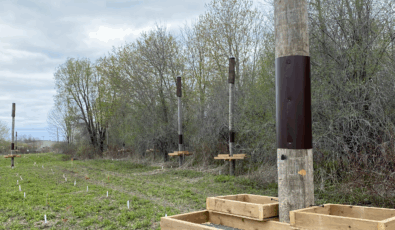
At OPG’s Darlington New Nuclear Project (DNNP) site, an Indigenous company is combining Traditional ecological ways of knowing with Western science to protect and nurture biodiversity at the site for future generations.
From planting trees and shrubs to installing cutting-edge bat roosting structures to support endangered wildlife, Cambium Indigenous Professional Services (CIPS), an Indigenous-owned and operated environmental organization based in Curve Lake First Nation near Peterborough, has been hard at work at the DNNP site to help ensure sustainable future operations and OPG’s compliance with the Federal Species at Risk Act.
It is work the all-Indigenous company has been doing since its founding in 2014. Collaborating with Indigenous and non-Indigenous clients, CIPS and its 17 Indigenous employees provide environment, engineering, and engagement consulting services with a focus on supporting Indigenous Peoples and their communities’ goals.
OPG’s DNNP site is set to be the future home of North America’s first commercial, grid-scale fleet of Small Modular Reactors, with the first of four units expected to be in operation by the end of this decade. When all four units are up and running, this SMR fleet will be capable of generating enough low-carbon, reliable power for about 1.2 million homes. |
These lands have been inhabited by Michi Saagiig Anishinaabeg since time immemorial and have always been very important to us. So, we looked at this restoration project from a historical lens and aim to restore these lands and their functions as they’ve always existed.Corey KinsellaProject Lead at CIPS
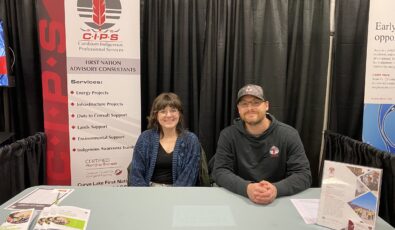
“We ensure that our solutions are grounded in a sound conservation ethic and meet the needs of Indigenous peoples first and foremost,” said Corey Kinsella, a Project Lead at CIPS for physical sciences and traditional lands. “For the DNNP project, these lands have been inhabited by Michi Saagiig Anishinaabeg since time immemorial and have always been very important to us. So, we looked at this restoration project from a historical lens and aim to restore these lands and their functions as they’ve always existed. We asked ourselves, how we could incorporate our ways of knowing, seeing, and the Seven Grandfather Teachings, and meshing that with Western science.”
For more than a year now, CIPS has been working with several partners at the DNNP site, including E.S. Fox, to restore the grounds around OPG’s future SMR Units 1 to 3. For the next 10 years, the company will be responsible for maintaining and monitoring these lands to ensure species at risk are protected and benefiting.
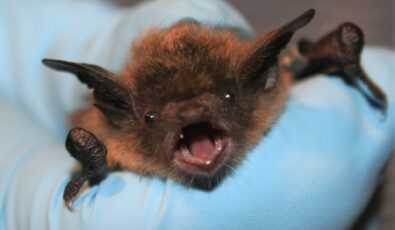
Through a Two-Eyed Seeing mindset, which integrates both Indigenous and Western knowledge systems, CIPS has worked to excavate grounds at the DNNP site and plant trees and shrubs, including species significant to First Nations such as sugar maple and butternut trees. The project has also involved repopulating the land with different native seeds and creating habitats for several threatened species, including birds such as barn swallows and bats such as the little brown myotis, northern myotis, and tricoloured bat.
“We are looking to restore these habitats so these species can create homes and have food sources to sustain their normal life functions in this area,” said Kinsella. “It’s our goal that in 10 years we can have a nice flourishing space for all of the birds, bats, and bees.”
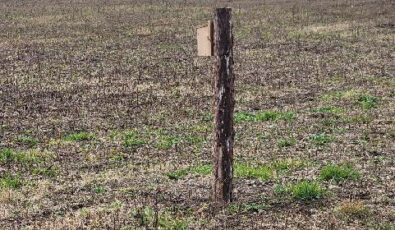
Across its operations, OPG continues to focus on growing economic benefits for Indigenous companies like CIPS. Through OPG’s Reconciliation Action Plan, launched in 2021, the company aims to positively grow its economic impact on Indigenous communities, businesses, and organizations by $1 billion by 2031.
One of the ways OPG will achieve this goal is by increasing procurement from Indigenous businesses like CIPS.
“At the time we signed the contract with OPG, it was our biggest to date,” said Kinsella. “We’ve really appreciated this opportunity to be involved in this project. It has been very beneficial for increasing capacity for our company."
Subscribe and stay informed
Sign up to receive the latest news, project updates, and event information from OPG.

